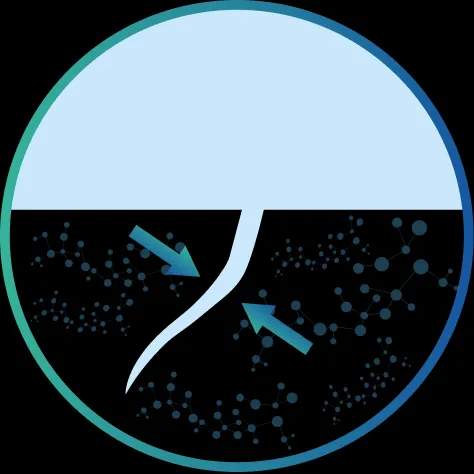White Tank: Operating Principles and Advantages
The "white tank" is an advanced waterproofing system primarily used in reinforced concrete structures.
This method integrates waterproofing and load-bearing structure into a single solution, eliminating the need for additional membranes or coatings. It is a technology particularly suitable for underground buildings, foundations, water tanks, and purification plants.













concrete

What is a white tank?
The white tank relies on the use of waterproof concrete and construction details that guarantee the hydraulic seal of the entire structure. The term "white" derives from the light appearance of the concrete when it is completely sealed.
Its effectiveness is due to:
- Low-permeability concrete: achieved by adding waterproofing admixtures that enhance density and reduce pores.
- Special joints: systems such as waterstops protect critical points such as construction joints, controlled cracking joints, or movement joints.
- Accurate design details: that prevent cracking and infiltration.

How is a white tank constructed?
The creation of a white tank requires an integrated approach involving design, high-quality materials, and careful execution:
- Design: it is essential to analyze the soil, water table level, and hydrostatic pressure. Concrete thicknesses are calculated, and joint details are defined.
- Concrete preparation: Concrete with waterproofing additives is used, such as crystallizing or water-reducing agents. The mix must guarantee homogeneity and resistance to hydraulic pressure.
- Joint sealing: Waterstops and bentonite strips are applied in construction and expansion joints. These materials react with water, sealing any infiltrations.
- Quality control: Every phase is monitored to verify that the concrete is free of defects such as honeycombing or cracking.

Advantages of the white tank
The adoption of the white tank system offers numerous advantages:
- Integrated waterproofing: The entire structure acts as a barrier against water, eliminating the need for external coatings.
- Durability over time: Resists water and chemical stresses, guaranteeing protection for decades.
- Reduced maintenance costs: Eliminates the need for periodic interventions to repair infiltrations.
- Environmental sustainability: Reducing the use of membranes and plastic materials lowers the environmental impact.

Applications of the white tank for crystallization
The white tank is widely used in:
- Foundations of residential and commercial buildings.
- Underground parking garages and underground structures.
- Swimming pools and water tanks.
- Tunnels and infrastructural tunnels.
How to choose materials for a white tank
To achieve an effective white tank, it is essential to rely on quality products. The systems offered by Drykos, thanks to DRYBOXSYSTEM®, provide advanced solutions that combine waterproofing and structural resistance.
- Drykos: specializes in concrete waterproofing through crystalline admixtures.
- DRYBOXSYSTEM®: is our flagship system for advanced structural waterproofing.
Conclusion
The white tank represents an innovative and reliable solution for those who want to combine waterproofing and durability in a single structure. Through the use of waterproof concrete and advanced sealants, it is possible to create safe, efficient, and environmentally friendly works.


MLN
waterproofed
%
%
footprint














